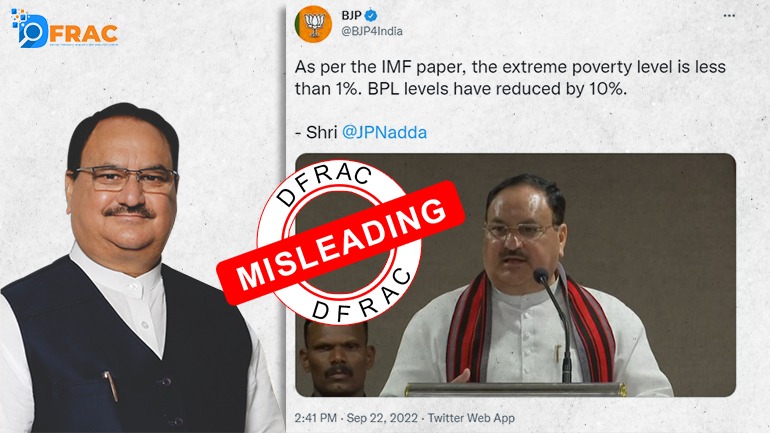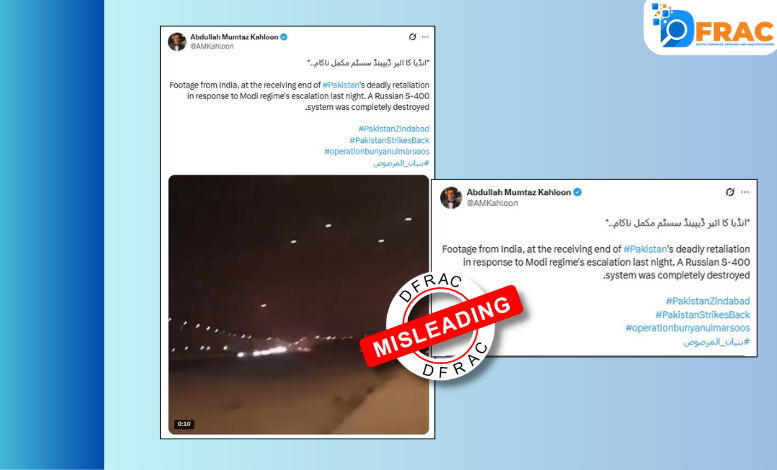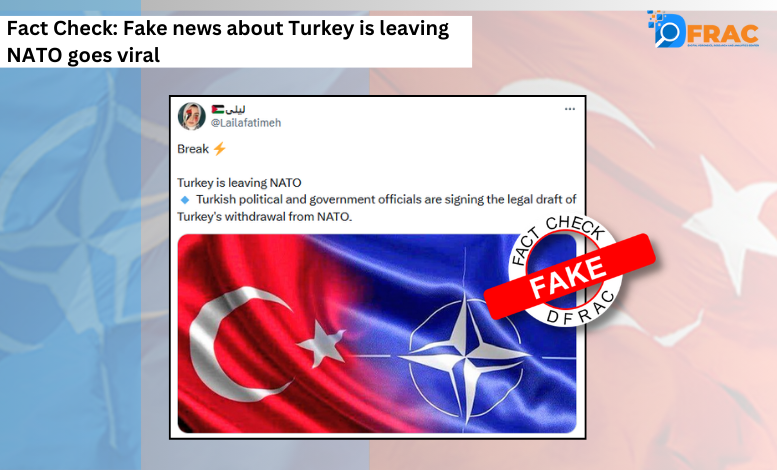Quoting JP Nadda BJP’s official Twitter account, tweeted, “As per the IMF paper, the extreme poverty level is less than 1%. BPL levels have reduced by 10%.”
Further, the verified accounts of BJP Scheduled Tribe Morcha, BJP Rajasthan, and BJP MINORITY MORCHA also tweeted the same.
Fact Check
On keyword search, the DFRAC team found a report on the IMF website with the title, “Pandemic, Poverty, and Inequality: Evidence from India of April 5, 2022.” The authors/editors of the paper are Surjit Bhalla, Karan Bhasin, and Arvind Virmani. It is mentioned in the paper that Extreme poverty was as low as 0.8 percent in the pre-pandemic year 2019, and food transfers were instrumental in ensuring that it remained at that low level in the pandemic year 2020.
Even though extreme poverty is mentioned as less than 1%, in the disclaimer, it is mentioned that “the views expressed in IMF Working Papers are those of the author(s) and do not necessarily represent the views of the IMF, its Executive Board, or IMF management.”

India and extreme poverty
According to World Bank, “It is extremely difficult to measure poverty in a rigorous way, and every country sets its own standards for what is necessary for basic living. There are climate variations: what a person needs to survive in Central Asia for caloric intake, clothing, shelter, and heat is different from what is needed in a tropical location. And the standards vary with development. Richer countries will set a higher standard for what counts as poverty.
The World Bank defines “extreme poverty” as living on less than $1.90 per person per day which is 154.023 INR. Now the new extreme poverty line of $2.15 per person per day, which replaces the $1.90 poverty line, is based on 2017 PPPs.
In India, the concept of the Multidimensional Poverty Index (MPI) is being advocated to measure the different dimensions of poverty. In a report, Niti Ayog in mentions the process of developing the national MPI, from its beginning, and the methodology of computing India’s MPI. The different dimensions broadly include Health, Education, and standard of living.
India’s rank in Global Hunger Index, 2021 was 101 in 116 countries. With a score of 27.5, India has a level of hunger that is serious. Moreover, according to an article of The Hindu the number of undernourished people is 224.2 million in 2019-2021 which is around 16 % of India’s population. Citing a UN report, the article mentioned that there are more obese adults and anemic women in the world’s second most populous country. The report also noted that in India, people who were unable to afford a healthy diet touched 973.3 million in 2020, or nearly 70.5%, up from 948.6 million in 2019 (69.4%).
People living under BPL
At the hearing about EWS reservation, Supreme Court stated, “After 75 years of Independence, there is still a large mass of persons living below poverty line (BPL) who due to economic factors are unable to access facilities. Even if this population of BPL is over 20%, it is a large mass of people.”
Further, according to a report published on The Wall Street Journal of 25th July 2013, in the year ending 2012 there were 269.3 million people (21.9% of the population) living below the poverty line, the Planning Commission, the government’s think-tank, said Tuesday.
In both the scenario the population under BPL cited around 21%-22%. This implies no major change in the percentage of people under from 2012 to present.
Conclusion
The report that was on IMF which mentioned that extreme poverty was mentioned below 1% was an IMF working paper. In which it is clearly mentioned that, it does not necessarily represent the views of the IMF, its Executive Board, or IMF management. And, there is no significant change in the population under BPL from 2012 to present. Therefore, the claim tweeted by BJP handle is deceptive. Hunger and undernourishment are important dimensions to measure poverty. And, India’s current situation in both the field is challenging.





